
If the Dark Ages in Malta were really dark, the Knights of St John lit Malta with all the fury and glory of the bloodiest siege that Europe had yet seen. Expelled from Rhodes by the Ottoman Turks in 1523, the Hospitaller Order of St John were given a new base by Emperor Charles V. […]

Se i periodi bui a Malta furono veramente bui, i Cavalieri di San Giovanni illuminarono Malta con tutta la furia e la gloria del più sanguinario assedio che l’Europa avesse mai visto. Espulso da Rodi dai Turchi Ottomani nel 1523, all’Ordine degli Ospedalieri di San Giovanni è stata data una nuova base dall’Imperatore Carlo V.Di […]

Si la période de l’âge sombre fut réellement obscure à Malte, les Chevaliers de Saint-Jean irradièrent l’île avec toute la fureur et la gloire du siège le plus sanglant que l’Europe ait jamais connu. Expulsés de Rhodes par les Turcs ottomans en 1523, l’Ordre hospitalier de Saint-Jean reçut, de la part de l’empereur Charles Quint, […]

Wenn das dunkle Zeitalter auf Malta wirklich düster war, so erhellten die Ritter des Heiligen Johannes Malta mit all der Wut und dem Ruhm der blutigsten Belagerung, die Europa je gesehen hatte. Nachdem sie 1523 von den Osmanischen Türken von Rhodos vertrieben worden waren, erhielten die Johanniterritter vom Kaiser Karl V. eine neue Basis. Angesichts […]

Envisioning the New ‘City of the Order’, Valletta – Francesco Laparelli (1521-70) by Conrad Thake.
Valletta was conceived as a new fortified city for the Knights of the Order of St John in Malta. In the aftermath of the Great Siege in 1565 and the defeat of the Ottoman Turkish army, it became critical to build a new fortified city on the Sceberras peninsula…
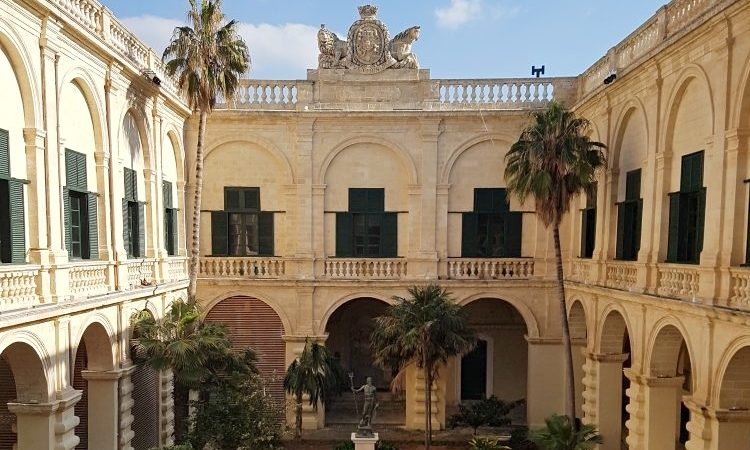
The most grandiose of Malta’s palace interiors, the Grand Master’s Palace was meant to be built elsewhere, then started llife as three houses joined up to form a palace, and is now the office of the President of Malta – said to be haunted!

Man has always felt the fundamental need to protect and defend himself, his family and his home by building strong walls around him.
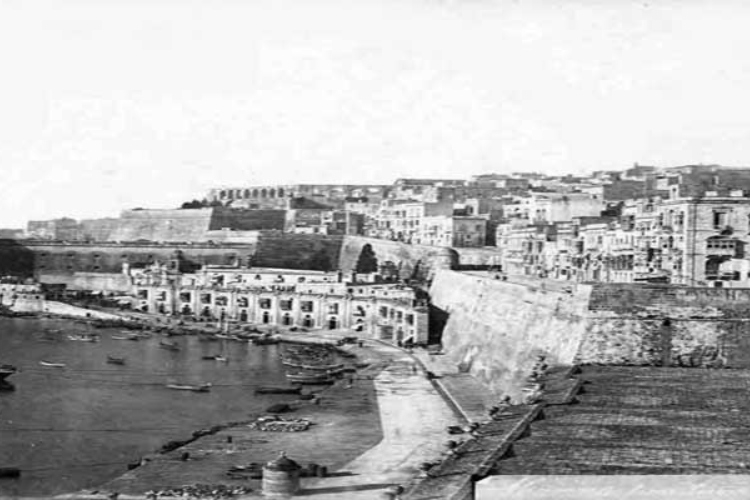
The Order of St John had intended to build a city on the site known as Mount Sceberras long before the actual birth of Valletta in 1566. In 1524, eight Knights who were sent to Malta, had already identified this peninsula standing high between two natural ports as the ideal place for a new fortified city.

The history of the urbanisation of the harbour area begins with its fortification, initiating with the construction of the Castrum Maris in medieval times, providing security to the inhabitants as up to that time there were no coastal defences.

Bormla lies just outside both Birgu and Isla, and therefore was an important first line of defence. The first stone of the bastions designed to surround the town of Bormla, known as the Santa Margherita or Firenzuola Lines, was laid on the 30th December 1638.

Isla is the smallest among the Three Cities in the Cottonera. Built on a tongue of land next to Birgu, it was a logical and natural development in the move to live in the harbour area created by the Knights with their arrival in Malta in 1530.
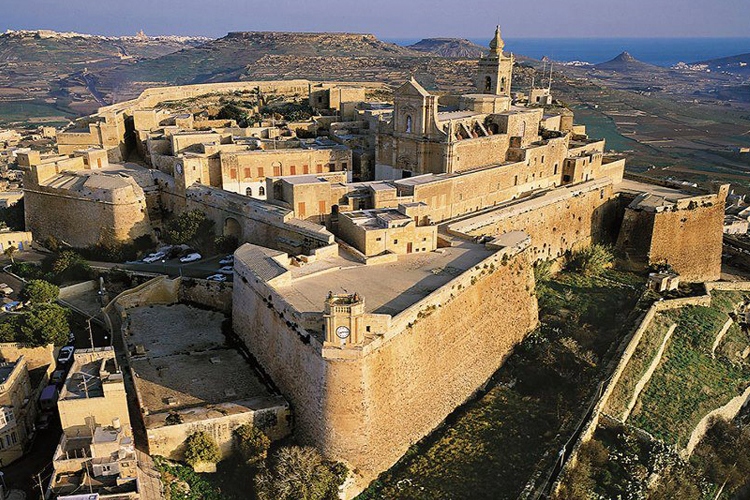
The Ċittadella, the oldest fortified site in Gozo, is an ancient fortress situated on a hill in the centre of the island. The fortress we see today was mostly built by the Knights in the beginning of the 18th century .

Do not miss the Upper Barrakka Gardens at the highest point on Valletta’s bastions to enjoy the Barrakka’s breath-taking view of the only natural harbour in the Mediterranean. With the Three Cities as its backdrop, this harbour has dictated Malta’s history.
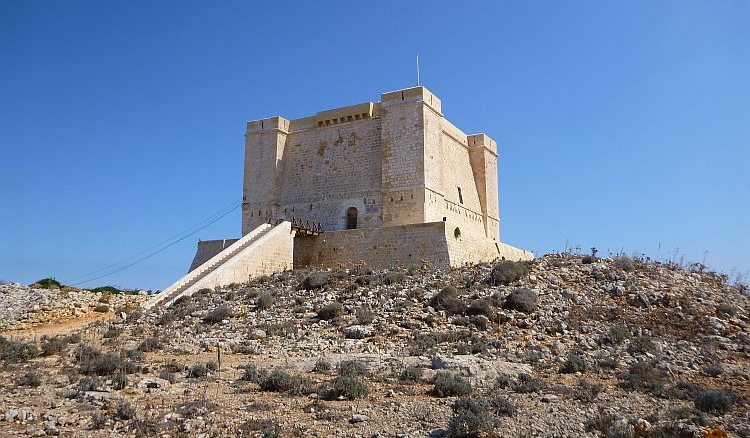
Saint Mary’s Tower dates back to 1416, and remains the most notable structure on Comino, an extraordinary fortifications project since all building materials had to be ferried over to Comino. It now guards against contraband and illegal hunting of migratory birds.
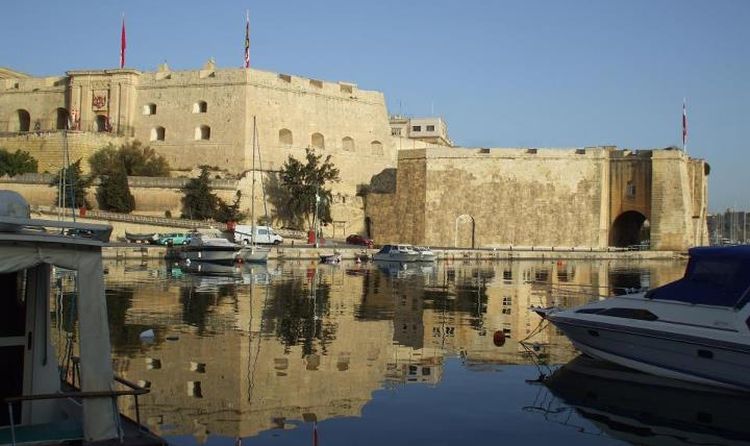
Il-Maċina was a masting-crane mounted on the rampart known as Sheer Bastion from where its sheer-legs would raise masts and lower them into galleys moored beneath. Although obsolete by 1886, il-Macina remained an important focus-point for the area…
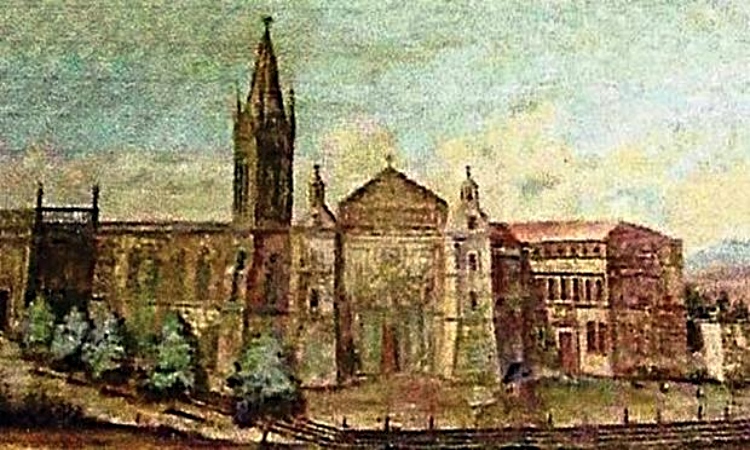
At about 1.30pm on January 11, 1693, Malta and Gozo experienced the worst earthquake in their history. The tremor lasted some four minutes and was felt all over both islands. In the words of a contemporary it “caused panic amongst the whole population. Most people spent several nights outside; the inhabitants of Valletta in the […]
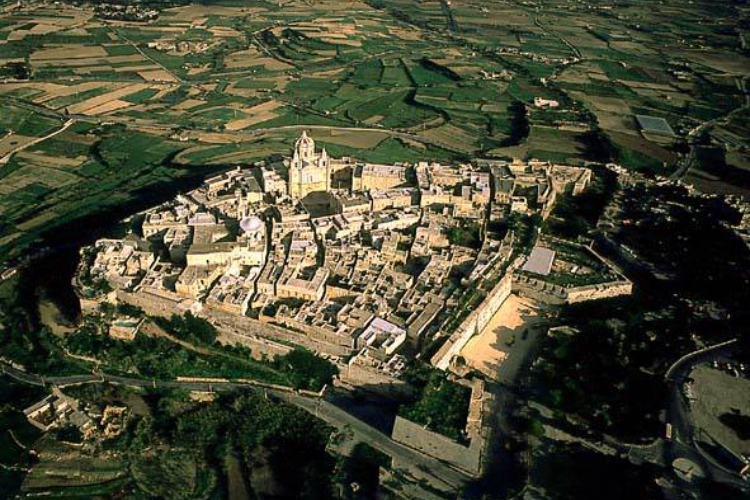
Mdina, also known as Città Vecchia, is the oldest city in Malta, often called the Silent City. However, there was nothing “silent” about it when it was still a lively city in the past, especially in the time before the Knights, when it was the main city of the island.

The Magisterial Palace at Mdina, Palazzo Vilhena is a glorious example of Charles Francois de Mondion’s French Baroque remodelling of Mdina. Originally serving as the Universita’, or local Government, Vilhena Palace now serves as Malta’s National History Museum.

Priests, especially in the Christian tradition, are rarely militant or warmongering. Even in the days of the Crusades, priests were not at the front doing the fighting. So why did Roman Catholic priests revolt in Malta in the late eighteenth century? In 1773 Malta was ruled by the Knights of St John. The island had […]

Valletta is an ornate and Baroque city built by the Knights of Malta, however one of its most famous historical buildings is in the Neo-Classical style which contrasts with the rest of the city. Welcome to Malta’s (Polish) National Library!
designed and produced by Logix Digital